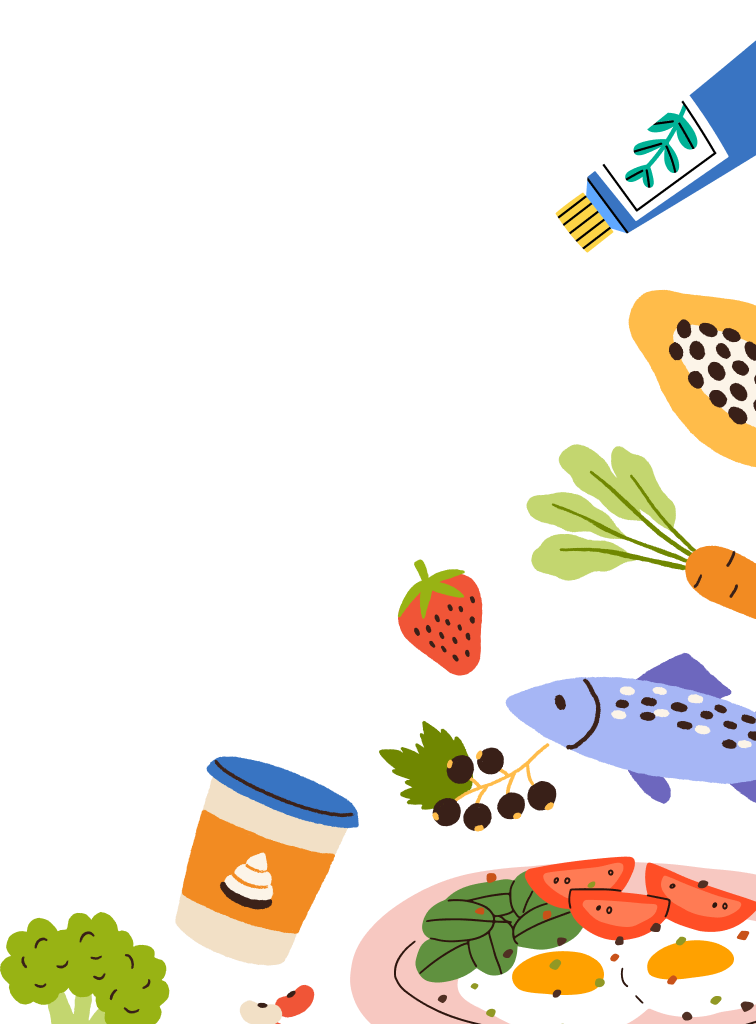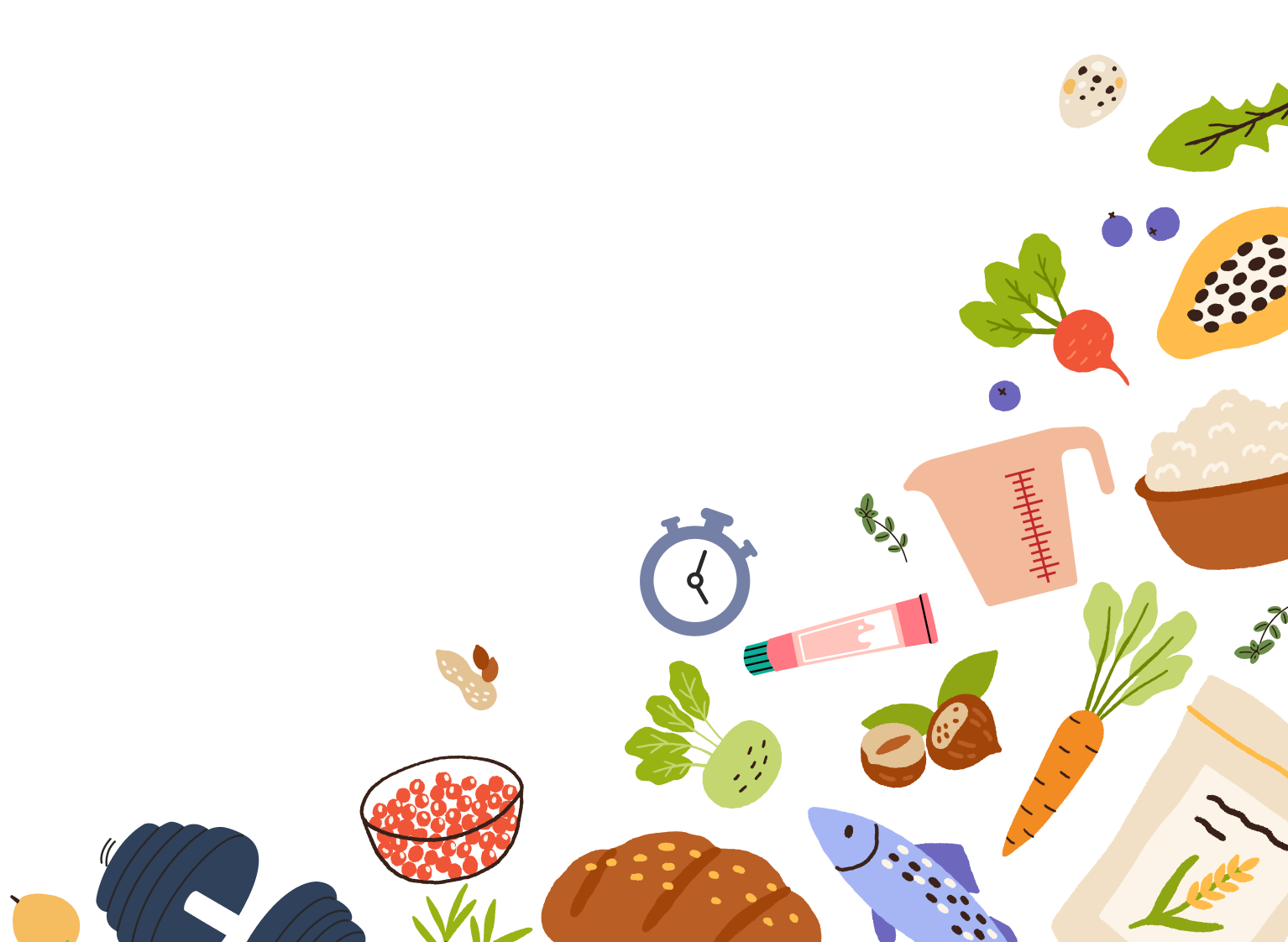Understanding the Estrobolome and Its Link to Hormonal Health
The microbiome (trillions of bacteria existing in harmony within our gut) is a vastly complex system that has been emerging in public health and media over the last decade and is linked to several disease states. However, few have heard of the estrobolome, a cluster of bacterial genes that are regulated by the gut bacteria and are capable of metabolizing estrogen.
Estrogen is a hormone heavily involved in the development and regulation of the female reproductive system (don’t worry, gentlemen; you have a little bit of estrogen, too). Women typically experience surges of estrogen right before ovulation, when ingesting hormonal supplements, and during pregnancies. High levels of estrogen can be dangerous for the body. This hormone has several functions, but one of the most concerning is that it stimulates the replication and dissemination of breast tissue.
Interestingly enough, the gut microbiome regulates the enzyme that puts estrogen in the correct chemical form to be excreted from the body. This means that if the gut microbiome is imbalanced and over-run with ‘bad’ bacteria, the amount of estrogen circulating in the body is too high as the estrogen was not excreted as intended.
The Estrobolome and Hormonal Health
Given the significant responsibility of the estrobolome, even a slight imbalance can lead to increased estrogen levels in the body. High levels of estrogen have been directly linked to breast cancer, according to The Harvard Gazette. Breast cancer is impacting women of all ages at alarming rates, and incidences have been steadily increasing over the last 20 years, according to the Surveillance, Epidemiology, and End Results (SEER) database. Breast cancers can be hormone-driven or exist independently of hormones, although hormone-receptor-positive cases are typically more common. According to the Journal of National Cancer Institute, high levels of estrogen seen during pregnancies, especially twin pregnancies, can result in an increased risk of breast cancer in both children. This demonstrates the generational danger an unregulated microbiome and estrobolome can cause.
Diet and Lifestyle Factors Influencing the Estrobolome
Attempting to re-balance a gut in dysbiosis may help prevent estrogen level imbalances. You may have a bacterial imbalance if you experience diarrhea, bloating, gas, food sensitivities, etc. Luckily, several nutrition interventions will benefit the gut bacteria. First and most importantly, follow the rainbow diet. The rainbow diet consists of fruits, vegetables, and grains. Note that this rainbow has no ‘white’ stripe. That means excluding all white carbs (tortillas, white rice, flour, white sandwich bread) as these are all very low in fiber.
Keeping a diet high in fiber and nutrients will directly ‘feed’ all of the bacteria throughout the gut. According to the Marion Gluck Clinic, some vegetables, such as broccoli, assist with the detoxification of estrogen. Similarly, there are several naturally occurring prebiotic foods, such as onion, asparagus, and garlic. Fermented food products (kimchi) and probiotic-heavy foods (yogurt) provide delicious food to the microbiome and can help maintain a perfect balance.
Lifestyle does play a role in the gut microbiome. As the Marion Gluck Clinic describes, estrogens are also consumed as foods (tofu) and integrated into household products (fragrances, pesticides, plastics). We have an unfortunate environmental exposure, but there are several swaps you can make to reduce this risk.
The last and worst culprits of gut dysbiosis are antibiotics. Antibiotics are commonly prescribed for a host of issues and, even when taken for short periods of time, can cause severe imbalances in the microbiome. The antibiotic-induced explosion takes a long time to heal, and a good gut balance could be months away. Always listen to your healthcare provider regarding antibiotics, and consider investing in the rainbow diet (pro-tip: consider feeding your gut bacteria instead of a probiotic, according to UCLA Health).
Supporting a Healthy Estrobolome: Practical Tips
Luckily, keeping your estrobolome healthy can be easy. Glass Tupperware and stainless steel kitchen accessories have gained traction and can be found in almost all home stores. Switching to organic foods and utilizing non-toxic household products (think beeswax candles with orange essential oil) can help eliminate our external exposure and ingestion of estrogen. Check out A [Realistic] Guide For Swapping To Nontoxic Products In Your Home by Kate Eskura to find more non-toxic products and options.
Arguably, the key feature of a non-toxic lifestyle is the elimination of plastics from our daily lives and homes, as some chemicals in plastic can mimic the effects of estrogen and cause additional health problems. In short, spend your weekends at the farmers' markets and invest in some glass Tupperware.
-
Cerhan, J. R., Kushi, L. H., Olson, J. E., Rich, S. S., Zheng, W., Folsom, A. R., & Sellers, T. A. (2000). Twinship and risk of postmenopausal breast cancer. Journal of the National Cancer Institute, 92(3), 261–265. https://doi.org/10.1093/jnci/92.3.261
-
Eskuri, K. (2024, August 21). A [realistic] guide for swapping to Nontoxic Products in your home. https://thefoundationblog.com/blog/nontoxic-house
-
Gluck, S. (2020, June 29). Hormones & Gut Health: The estrobolome & hormone balance. Marion Gluck. https://www.mariongluckclinic.com/blog/hormones-and-gut-health-the-estrobolome-and-hormone-balance.html
-
Harvardgazette. (2024, January 11). Estrogen a more powerful breast cancer culprit than we realized. Harvard Gazette. https://news.harvard.edu/gazette/story/2023/05/estrogen-a-more-powerful-breast-cancer-culprit-than-we-realized/
-
Rosenberg, P. S., Barker, K. A., & Anderson, W. F. (2015). Estrogen Receptor Status and the Future Burden of Invasive and In Situ Breast Cancers in the United States. Journal of the National Cancer Institute, 107(9), djv159. https://doi.org/10.1093/jnci/djv159























Comments
Join The Conversation...